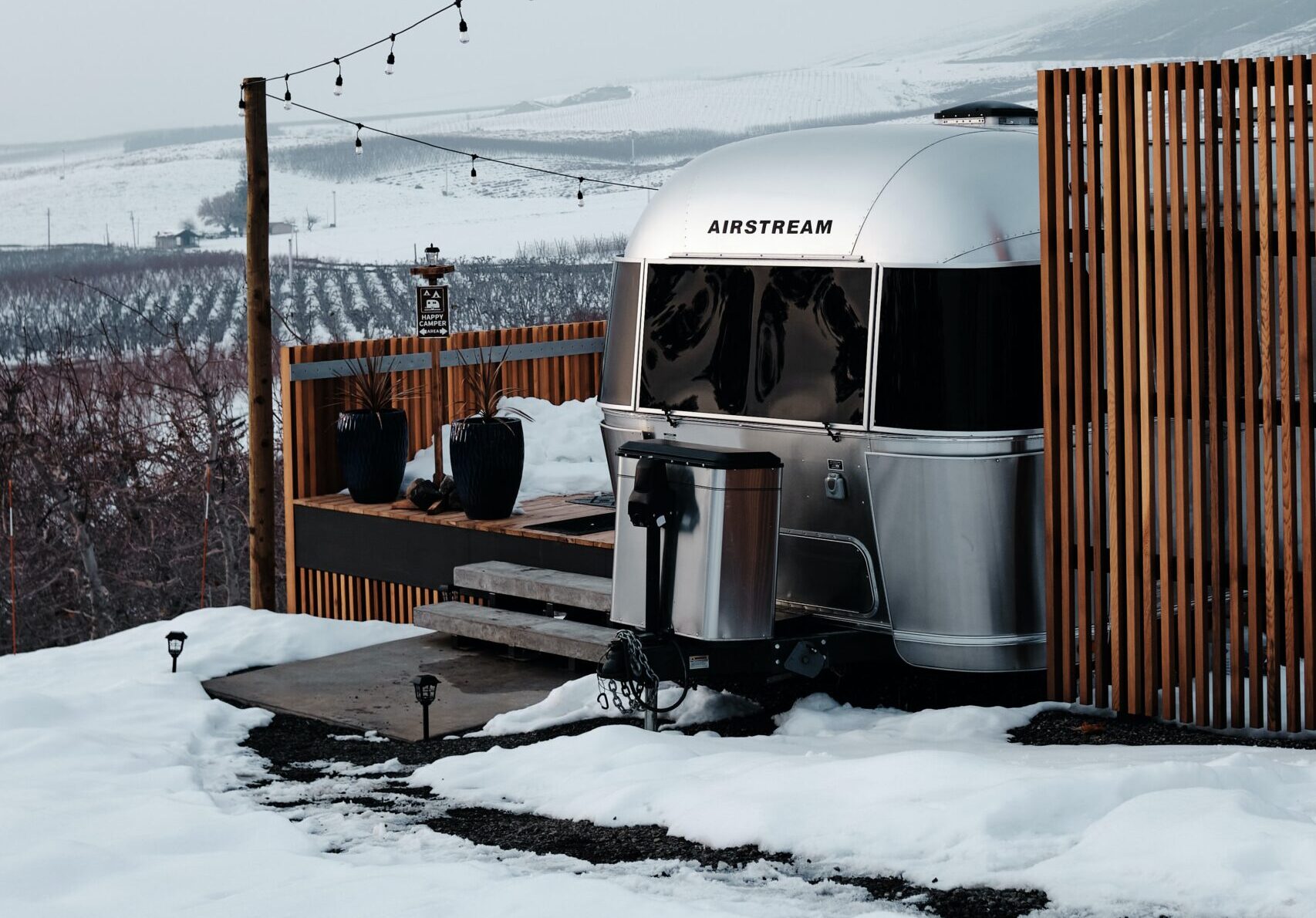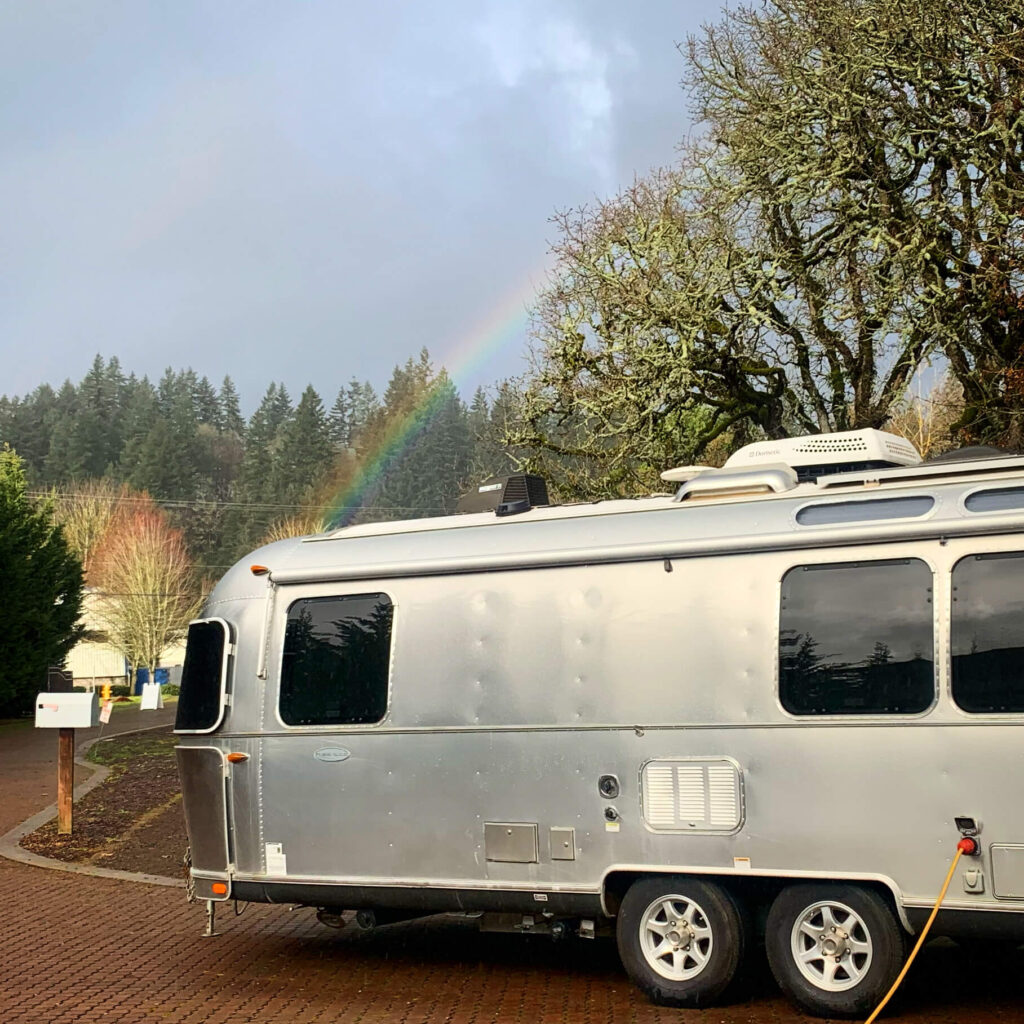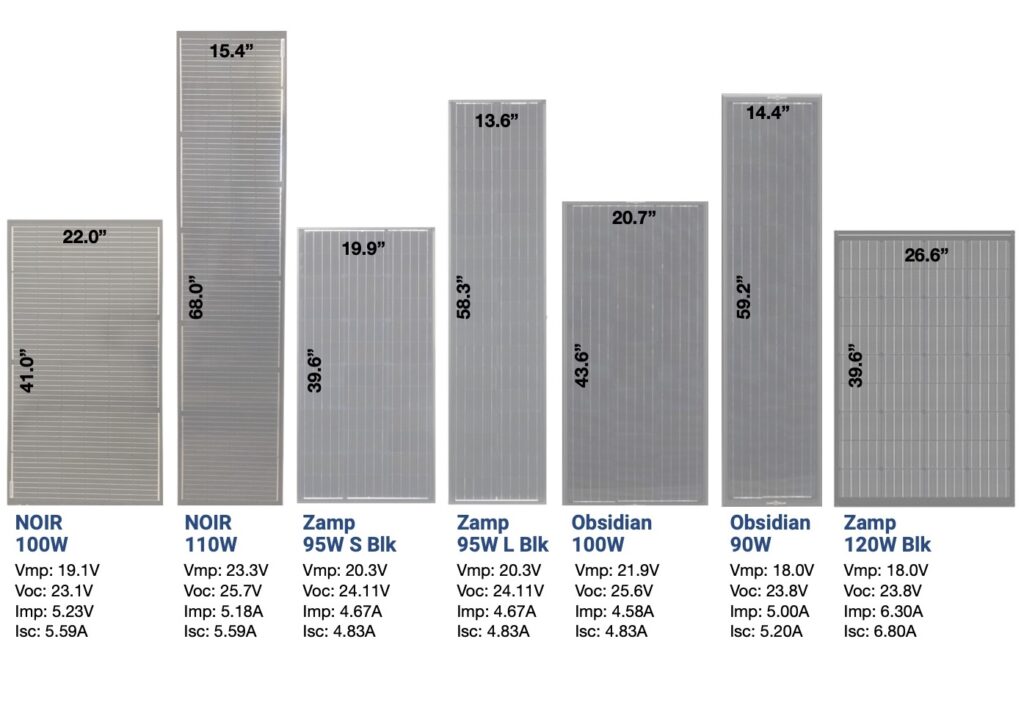This guide is not meant to supersede manufacturer recommendations. Battery manufacturer recommendations may differ. For more information, please refer to your RV battery’s manufacturer recommendations.

Each year about this time, we start to get questions about how to store lithium batteries for the off-season. Follow our guide to reduce headaches when taking your RV out of storage in the spring!
General Information:
- We define “storage” as a period of time (typically 3 weeks or more) when there is no charge applied to the battery bank. Systems plugged into an outlet and being used daily are not considered to be in storage. Whether is is for winter storage during cold weather or another time of year, we’ve got you covered with the best tips for proper storage.
- The self-discharge rate of lithium batteries is much lower than other battery types and depends mostly on the Battery Management System (BMS) used for that particular battery.
- Lithium-ion batteries can typically be stored for up to a year or more. Checking the battery voltage regularly is recommended.
- Systems with a starter battery may require separate starter battery maintenance during storage because bi-directional charging from the lithium battery bank is most likely not occurring.
- It is important that draws on the lithium battery bank are reduced or eliminated to preserve charge during storage.
For regular battery storage, follow these simple steps:
- Check the system and log any issues found or fixed.
- Ensure the battery charge levels are within the manufacturer’s storage specifications. This is usually between 50% and 80% State of Charge.
- Turn OFF DC loads
- Turn OFF the Inverter.
- If the RV battery is stored under cover or in an environment where solar production would be limited, turn OFF the solar charging system between the charge controller and the battery bank. The charge controller can draw power from the battery bank.
- If you have a Battery Master switch, turn it OFF. If the system does not have a Battery Master switch, remove the most negative cable from the battery.
- Check up on the system after two weeks to ensure that nothing has changed.
To bring the system back online after being in storage, reverse these steps, then charge the battery bank up to 100% State of Charge. Check the system and log any issues found or fixed.
Lithium Batteries and Extreme Temperature Storage:
Although we can’t speak to all battery brands, the ones we know about have an upper and lower limit to what storage temperatures they can tolerate. The upper limit of high temperatures makes it prohibitive to install lithium batteries in the engine compartment, and the lower limit of cold temperatures in winter months is usually at a point well below freezing where the battery’s plastic shell would become dangerously brittle, and possibly fracture, causing permanent damage. The actual LiFePO4 energy storage material is not harmed by low temperatures. If lithium batteries are in an environment where they can be exposed to temperatures outside the recommended limits, they should be removed and stored in a temperature-controlled area.
‘Drop-in’ Lithium batteries from Lifeblue can be safely stored continuously at temperatures as low as -5 F. Additionally, these batteries have been tested and proven to withstand a single night at -40 F without experiencing any degradation. However, we strongly advise against planning for such extreme conditions whenever possible.
Manufacturer Recommendations:
For more information about how to properly store your rig during the off-season as RV owners, please send an email to info@amsolar.com with details on your battery type, method of storage (covered or not), and other power equipment. We will happily give you tips specific to your situation to help you maintain your battery life over long periods of time.
Learn More:
Properly Storing Your RV






